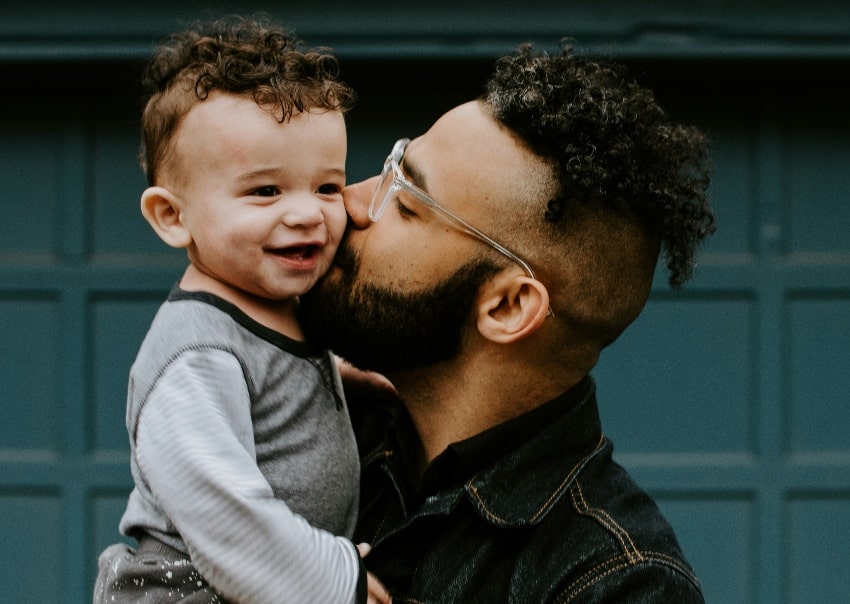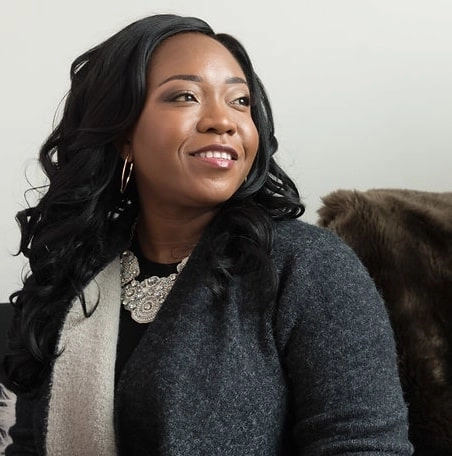Pause. Breathe. Hope. Heal.
Dear Reader! To make life easier for you, I wanted to give you this information in a couple different formats. You can either read this blog post, or click the link below to download the podcast and listen to the episode on the go.

We are relational beings with a need for attuned, healthy relationships that starts quite early in life. Researchers John Bowlby and Mary Ainsworth helped us to see that a lack of attachment between little ones and their caregivers would negatively impact the person throughout their lives.
Secure Attachment Style:
Children are able to develop a secure attachment with their caregivers when their grownups are nurturing, attentive, and attuned to the child’s presenting needs. They show up in a healthy reliable way, and show acceptance of the child by loving them for who they are not what they achieve or do. As a result, these children grow up feeling more regulated, stable, and tend to have a strong sense of self. They are independent, and find it easy enough to branch out and interact with and investigate their world.
Insecure Attachment Styles:
However, not every child is blessed with this gift of secure attachment. Many other children have caregivers who were not able to meet their needs and they developed an insecure attachment style. There are three kinds of insecure attachment styles:
- Anxious Attachment (sometimes called Anxious Ambivalent or Preoccupied).
- Avoidant Attachment (sometimes called Anxious Avoidant or Dismissive).
- Disorganized Attachment (sometimes called Fearful Avoidant).
Anxious Attachment Style:
Anxious attachment comes about when the caregiver often mis-attunes to the child’s needs and is inconsistent with their parenting. Caregivers may be more intrusive or enmeshed, seeking to unconsciously take care of their own emotional needs rather than meeting the emotional needs of the child. The results of this kind of parenting is a child who has a core fear of abandonment or rejection, struggles with feelings of low self-worth. They are more clingy, and anxious in relationships with others. They may seek constant reassurance from their friends and later on their partners which is challenging if their partner is also insecurely attached.
Avoidant Attachment Style:
Avoidant attachment happens when caregivers do not tolerate and even show disapproval towards the child’s full range of emotions. In some families the unspoken rule is that you’re not allowed to show anger or sadness, in other families it’s that you’re not allowed to show exuberance, excitement or happiness. This attachment style can also happen because caregivers are neglectful or abusive towards the child. These children grow up preferring more independence. They have a hard time trusting other people. They prefer to self-soothe rather than rely on others for emotional support and care. The result is they tend to let friends and partners into a more surface relationship with them. They have internal parts that put up a protective barrier and that is hard to take down even when friends and partners indicate that they want a deeper and more intimate connection.
Disorganized Attachment Style:
Disorganized attachment comes about when the caregiver who should be a safe place for a child, is also a source of fear. When a child witnesses a caregiver abusing someone else, or the child is the victim of any form of abuse from the caregiver, the child realizes the caregiver is an unreliable source of safety. They want closeness, but because of fear they distance themselves from the caregiver. Their nervous system is trying to protect them from danger, and the danger is in the form of the person who should be their secure attachment figure. The results of this kind of parenting is a child who wants to love and be loved and yet is terrified of being hurt. In friendships and later partnerships, people with a disorganized attachment style are so afraid of hurt, rejection and disappointment they can create unhelpful mindsets and engage in behaviours that can self-sabotage their relationships, and that reinforces their belief that they cannot trust others.
Earned Secure Attachment Style:
For those with an insecure attachment style, there is good news because you can develop something called an Earned Secure Attachment style. People who engage in this kind of work are able to recognize all of their adverse childhood experiences and make the decision to become an intergenerational cycle breaker. They are able to get into a healthy relationship with a surrogate attachment figure who then becomes a secure base for them. This could be a friend, family member, God, mentor, therapist, or their significant other. This process can take a while, but it is worth it. We were all meant to experience love, and emotional support. Maybe it’s time to make sense of your past, and begin to create space for self-compassion and healing in your life.
Hey you! Remember to take a moment in your day to remind yourself to pause, breathe, hope, and heal.
If you would like to see if we would be a good therapeutic fit, schedule a free 20-minute consultation by clicking the button below.





